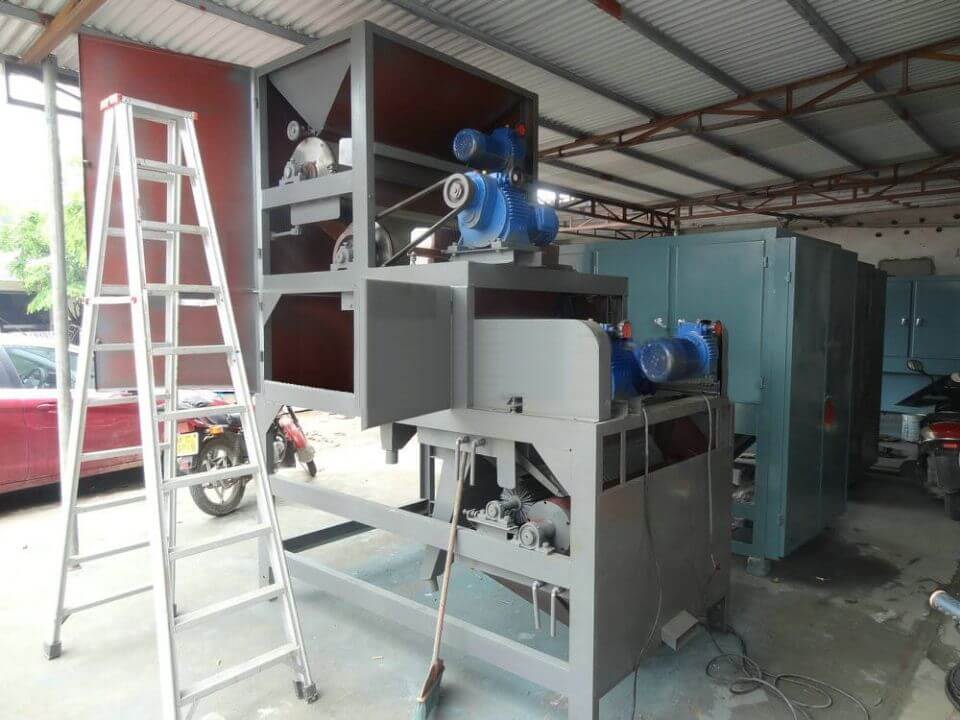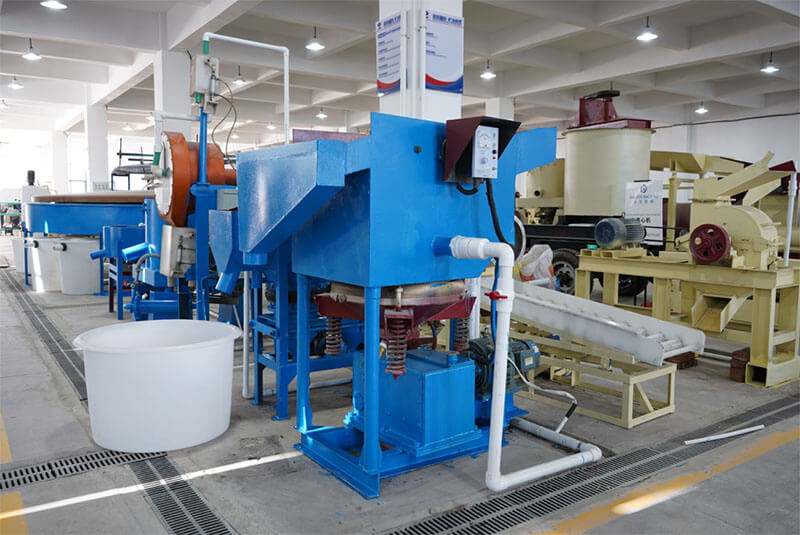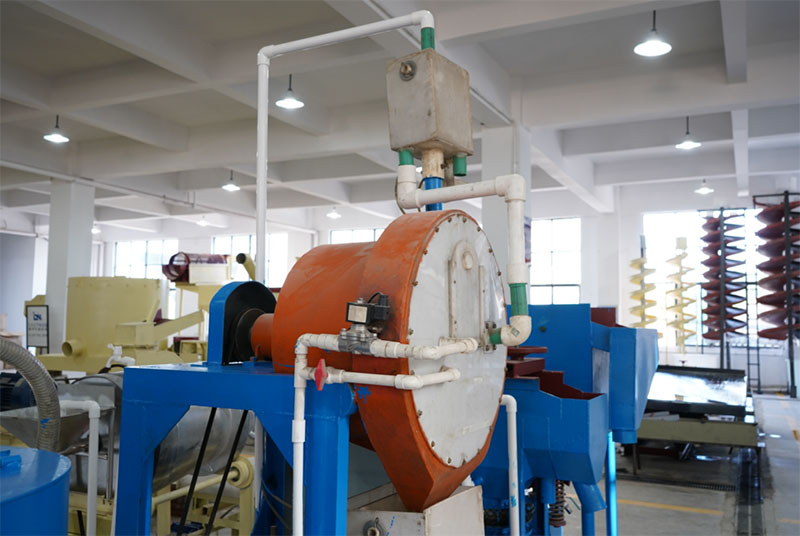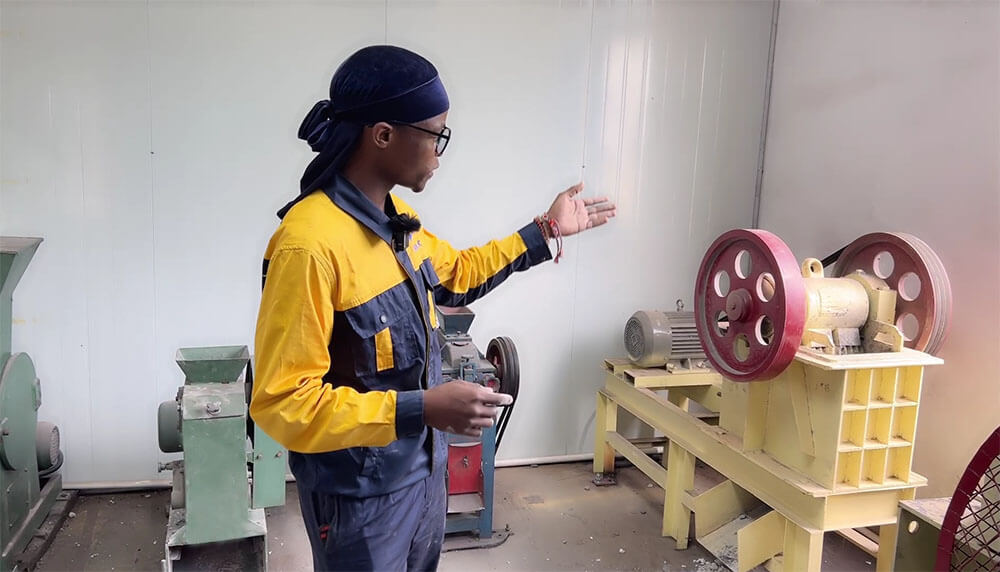The lab drying ovens include electric constant temperature drying ovens, electric blast drying ovens, and vacuum drying ovens according to the different drying substances. It has wide applications in food, biochemistry, electronic communication, plastics, cables, electroplating, hardware, automotive, optoelectronics, rubber products, molds, spraying, printing, medical, aerospace, and higher education institutions. The huge market demand has diversified the variety of drying ovens, and the construction quality of products is also not the same.
Types Of Lab Drying Ovens
Electric constant temperature drying oven
Application
It is suitable for industrial and mining enterprises, laboratories, research institutions, and other departments for drying, wax melting, sterilization, and other purposes. However, it is unsuitable for placing volatile and flammable/explosive materials in a drying oven to prevent explosions.
Structure
The drying oven mainly consists of the box, the electric heater, and the temperature control system. In recent years, drying ovens have added temperature displays and temperature-setting devices on this basis.
Precautions
- This box is a non-explosive drying box, so do not put flammable and volatile materials inside the drying box to avoid explosion.
- When using this box, the power supply voltage must match the rated working voltage of the phase box; otherwise, it may damage the electronic instruments inside the box.
- Before use, it is necessary to check the installation position of each electric heating wire of the heater to prevent accidents caused by overlapping or collision of electric heating wires.
- Do not disassemble the components arbitrarily to avoid damaging the electrical circuits inside the box.
- The ambient temperature of this box shall not exceed 45 ℃.
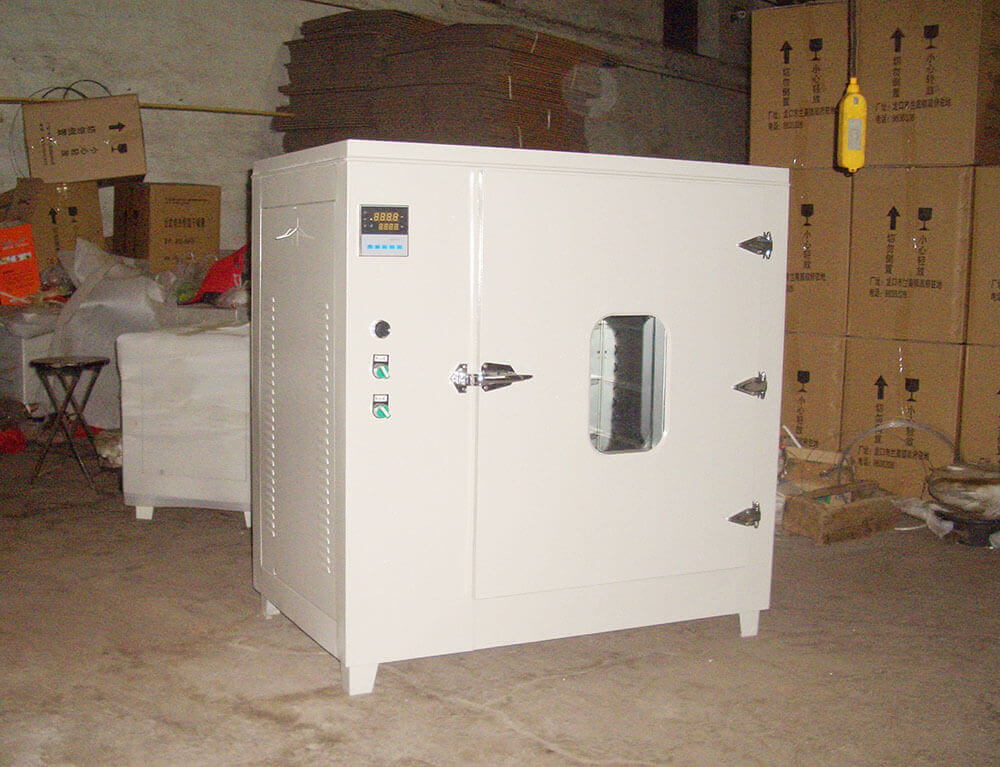
Protection and Maintenance
- Before use, check whether the power supply voltage matches the rated voltage of this box to avoid unnecessary damage.
- Do not place this box in a corrosive environment containing acid or alkali to avoid damaging electronic components.
- When handling boxes, try to hold them carefully to avoid the internal electrical circuit contacts loose caused by severe vibrations.
- Pay attention to protecting the paint surface of this box. Otherwise, it will not only affect the appearance of the box, but more importantly, it will shorten its life.
Electric blast drying oven
Application
This equipment is widely used in industrial and mining enterprises, medical and health care, pharmaceuticals, biology, agriculture, electronics, chemical industry, environmental protection, scientific research units, and other departments for baking, drying, dissolving, disinfecting, and other purposes.
The difference between desktop and vertical air-drying ovens
(1) The vertical blast drying oven adopts a rectangular floor-standing structure, usually placed directly on the laboratory floor. The test instrument is usually on the top of the drying oven for easy operation.
(2)The desktop blast drying oven adopts a horizontal box structure, with the instrument on the right side of the box. The box is small and easy to move for testing.
Precautions for use
- After connecting the power supply, you can turn on two sets of heating switches and set the temperature you need by pressing the buttons on the control instrument. Light up the indicator, and at the same time, turn on the blower.
- The indicator lights off when the temperature reaches the desired level. At the beginning of constant temperature, there may be a continued increase in temperature due to the influence of residual heat. This phenomenon will tend to stabilize in about half an hour.
- When maintaining a constant temperature, one set of heating switches can be turned off, leaving only one set of electric heaters working to avoid excessive power and affecting the sensitivity of the constant temperature.
Protection and Maintenance
- Place the box at an indoor level.
- Before powering on, please check the electrical performance of this box and whether there is any open circuit or leakage.
- When ready, put the test sample into the box. Close the box door and open the top exhaust valve. At this time, turn on the power and connect to start working.
- Do not remove the side door or disturb or change the circuit. Except when the box fails, we can remove the side door and check one by one according to the circuit.
- This box is a non-explosion-proof drying box, so do not put flammable and volatile substances inside the drying box to avoid accidents.
Vacuum drying oven
Application
The vacuum drying oven is suitable for processing heat-sensitive, easily decomposable, and oxidizable substances. It can inject inert gas into the interior, especially for drying items with complex components.
Precautions for using vacuum drying oven
- The outer shell of the vacuum box must be effectively grounded to ensure safe use.
- The vacuum box should stay in an environment with a relative humidity of ≤ 85% RH, without strong vibration sources or electromagnetic fields around it.
- The vacuum chamber has no explosion-proof or anti-corrosion treatment, and flammable, explosive, or corrosive gas-producing items must not be placed for drying.
Protection and Maintenance
- If the final material are damp, it is best to add a filter between the vacuum box and the vacuum pump to prevent damp gases from entering the pump and causing it to malfunction.
- If the final material become lightweight and small in size (in small particles) after drying, a barrier net should be added to the vacuum port in the working room to prevent damage to the vacuum pump (or solenoid valve) caused by the inhalation of dry materials.
- If the rubber plug of the air release valve has difficulty rotating, it can be lubricated with an appropriate amount of grease inside.
- Keep the vacuum box clean regularly. Use a soft cotton cloth to wipe the door glass rather than reactive chemical solutions.
- If we stop using the vacuum box, clean the exposed plated parts and apply neutral grease to prevent corrosion. Cover them with a plastic film dust cover and place them in a dry room to prevent electrical components from being damaged by moisture and affecting use.
JXSC lab mineral processing equipment manufacturer has more than 38 years of experience in mining processing. We provide various lab mining equipment including gravity-separating equipment for processing minerals such as gold, tin, tungsten, lead, zinc, tantalum, niobium, iron, manganese, silver, titanium-iron, etc. Lab machines include laboratory jaw crusher, hammer crusher, roller crusher, grinding equipment, lab gravity separator, screening, washing equipment, etc. Welcome to consult!

